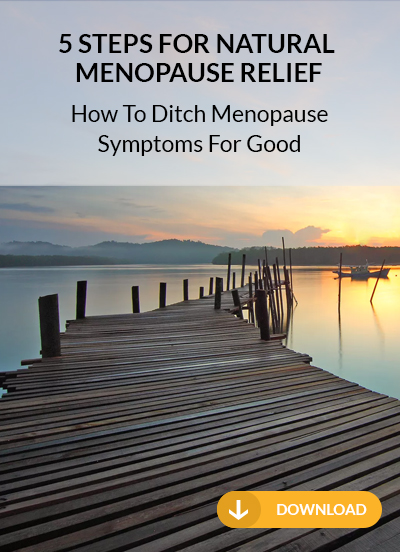Bone loss accelerates around perimenopause and after menopause as estrogen levels drop. That’s why many women notice new aches, shrinking height, or DEXA scans showing osteopenia or osteoporosis. Bioidentical hormone replacement therapy (BHRT)—especially estrogen therapy, sometimes paired with progesterone—can slow bone loss and, for many women, help rebuild bone density over time. The goal is simple: reduce fracture risk while keeping you safe with the right dose, route, and monitoring plan.
Key Points
- Estrogen plays a major role in bone remodeling; restoring physiologic levels with BHRT can slow bone loss and may increase bone mineral density, lowering fracture risk.
- Transdermal (through-the-skin) estradiol is often preferred for bone and cardiovascular safety in appropriate candidates; women with a uterus also need progesterone to protect the uterine lining.
- BHRT is one option among several (nutrition, resistance training, vitamin D/calcium, lifestyle, and—when indicated—bone-specific medications). Many patients benefit from a combined plan.
- Safety matters: BHRT isn’t for everyone. Personal and family history, clotting risk, breast health, and other conditions must be considered before starting therapy.
Why Hormones Affect Your Bones
Your bones are living tissue, constantly breaking down and rebuilding. Estrogen helps keep that cycle in balance. When estrogen drops at midlife, bone breakdown speeds up—leading to osteopenia or osteoporosis. Replacing estrogen to a healthy, individualized range can slow (and in some cases reverse) that trend.
What The Research Generally Shows
- Bone density: Many studies show estradiol therapy can increase bone mineral density (BMD) at the spine and hip compared to no treatment.
- Fractures: Maintaining bone density and improving bone quality reduces the chance of fractures, especially vertebral and hip fractures, in appropriately selected women.
- Timing: Starting within the menopausal transition or the first 10 years after menopause tends to yield the most consistent bone benefits, though women beyond that window may still benefit depending on overall risk.
Which BHRT Options Support Bone Health?
- Transdermal estradiol (patch, gel, cream): Delivers steady estrogen with a favorable safety profile for many women.
- Oral estradiol: Also effective for bones; route selection depends on personal risk factors and preferences.
- Micronized progesterone (if you have a uterus): Protects the uterine lining when using systemic estrogen.
- Testosterone (select cases): Sometimes used in low doses for specific symptoms; it’s not a primary bone therapy.
We’ll also pair hormones with essentials that matter for bones at any age:
- Adequate protein, calcium (primarily from food; supplements when needed), and vitamin D to reach target blood levels.
- Resistance and impact training to stimulate bone formation.
- Sleep, stress, alcohol, and nicotine habits that protect bone quality.
Safety: Who Should Avoid Or Use With Caution
BHRT may not be appropriate if you have a history of estrogen-sensitive cancers, active liver disease, unexplained vaginal bleeding, a history of blood clots, stroke, or uncontrolled cardiovascular risk. Some women can still use local vaginal estrogen for genitourinary symptoms even when systemic therapy isn’t advised—this is something we individualize carefully. We’ll review your personal and family history, current medications, and recent screenings before recommending any plan.
What Results To Expect (And When)
- Timeline: Some symptom relief (sleep, hot flashes) often improves within weeks; bone changes take longer. DEXA scans typically show trends over 12–24 months.
- Monitoring: We’ll recheck symptoms, labs (as appropriate), and DEXA at intervals to ensure therapy is working and remains safe.
- Adjustments: Dose and route can change over time—your needs aren’t static, and your plan shouldn’t be either.
How Can We Help
We practice responsible, data-informed BHRT—using bioidentical hormones, careful baseline assessment, and ongoing monitoring. For women seeking “BHRT near me,” our team provides in-person and telehealth options (where permitted) and coordinates bone-smart nutrition, training, and lifestyle support alongside hormone care.
- Ready to talk through your risks, DEXA results, and options? Book a Discovery Call →






0 Comments